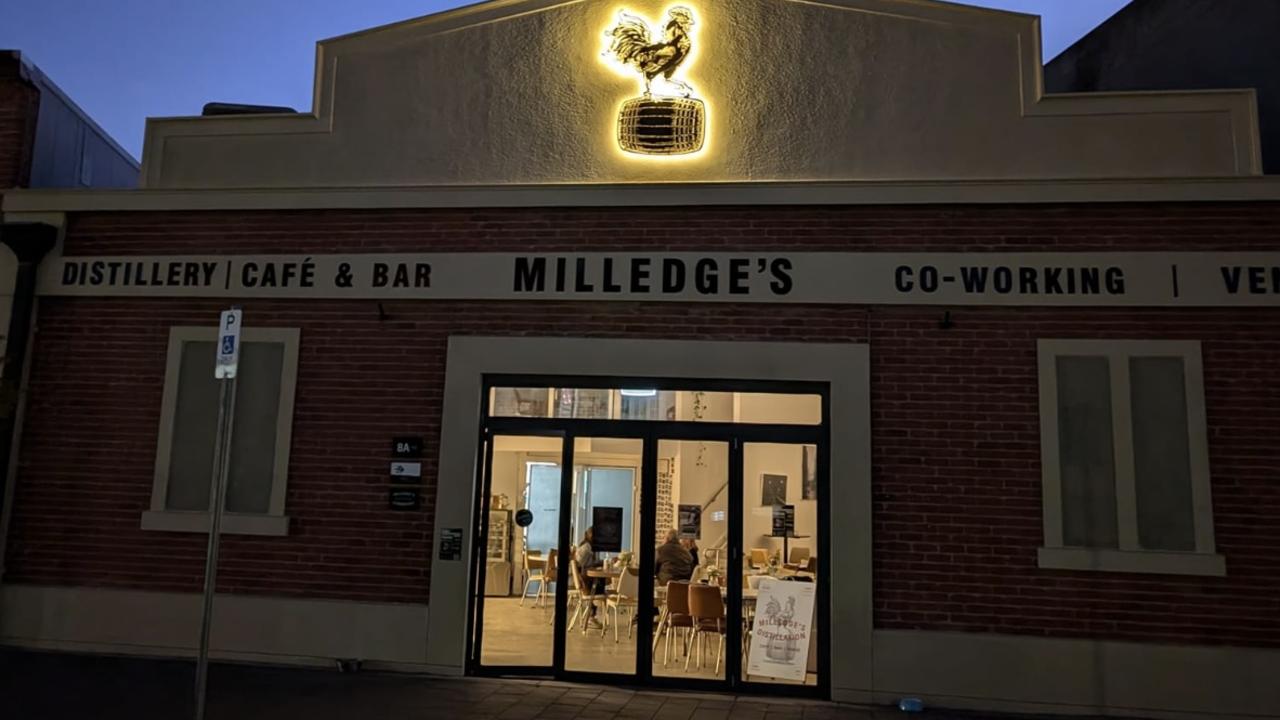Experts predict construction industry chaos after Probuild collapse
As the sector reels from the news that one of Australia’s building giants has collapsed, experts have warned there is more pain to come.
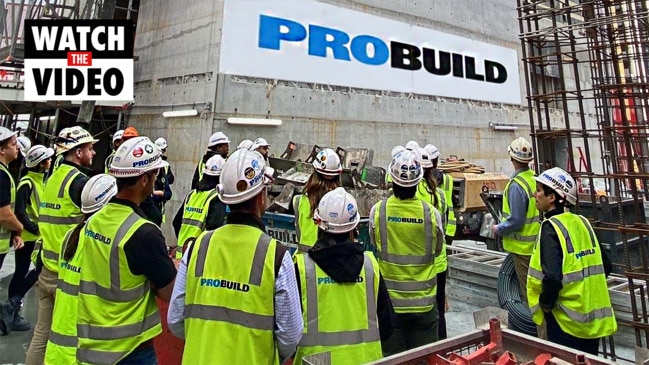
As shockwaves were sent through the building industry with the news one of Australia’s giants had collapsed, an insolvency expert has warned the construction sector was a “bubble waiting to burst” and more companies will go under in the coming months.
A total of 18 building businesses, including one of Australia’s major construction companies Probuild, went into administration after their South African parent company pulled all its financial support.
Andrew Spring, partner at insolvency specialist Jirsch Sutherland, said systematic issues in the construction industry when it came to pricing meant many more companies were at risk, but Probuild’s demise would also have a chilling “domino effect”.
“There are long term projects which are often fixed price, but the impact of increasing material and labour costs and the trading restrictions in certain jurisdictions that have likely caused delays to projects, it’s a real recipe for a margin squeeze for a lot of businesses, that often run on reasonably small margins,” he told news.com.au.
“So any delay or increase in prices create a situation where you move into a loss position and once one or two projects move into losses how do you make that up? Even in best case scenario, profit is reasonably small anyway.
“Its been reported that Probuild had a $1.3 billion turnover but made $4 million in profit last year and you can see that margin is really small and that is systemic throughout the industry.”
Stream more business news live & on demand with Flash. 25+ news channels in 1 place. New to Flash? Try 14 days free now >
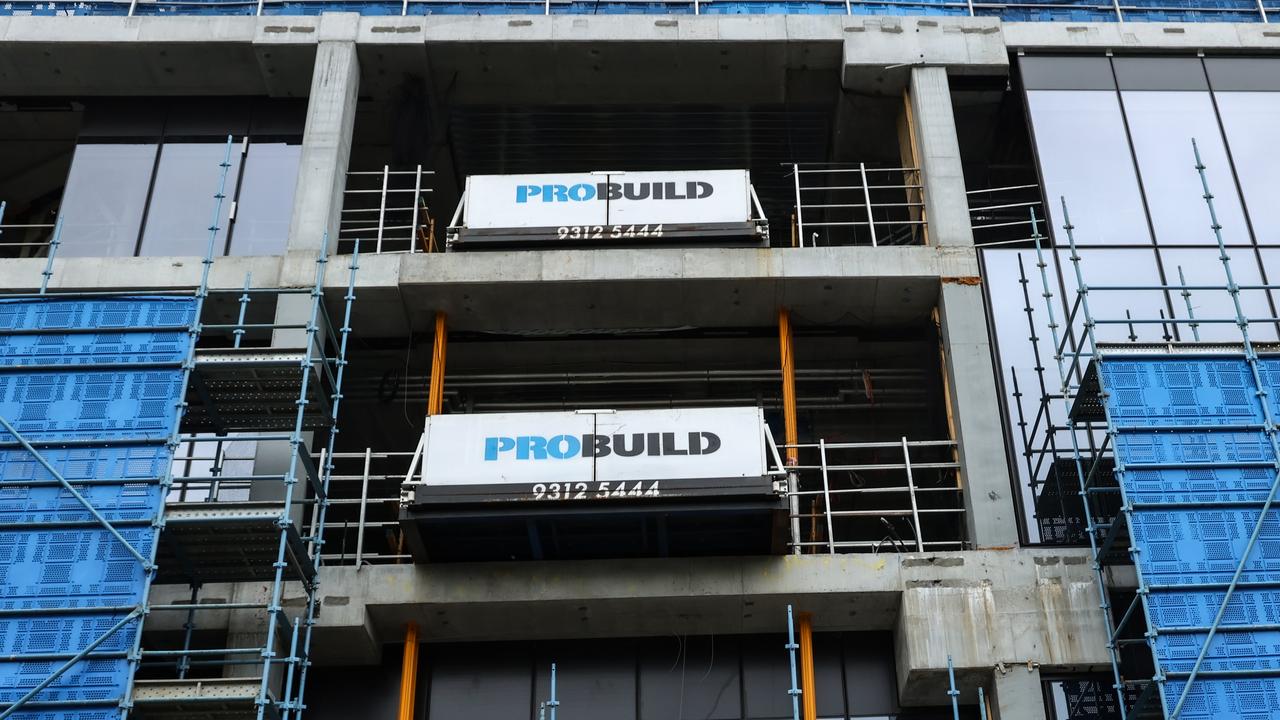
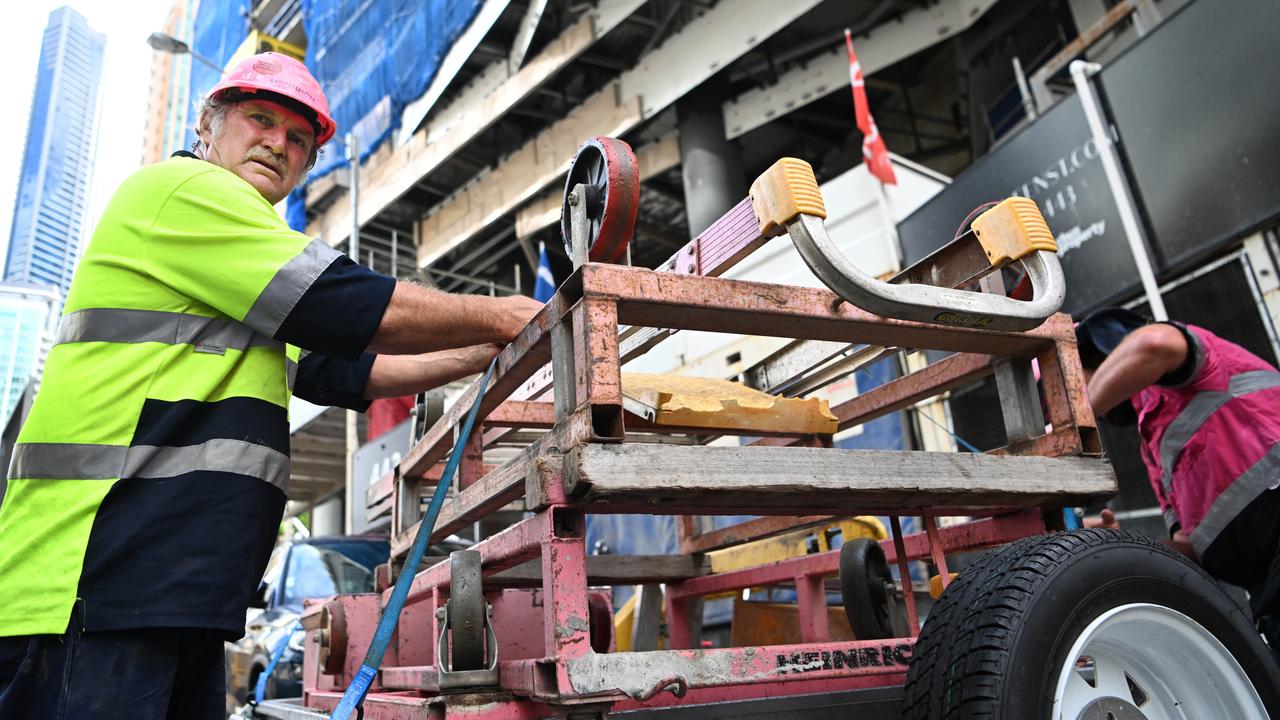
Mr Spring said the collapse of one of Australia’s largest builders would cause natural fear throughout the industry and create heartache for the subcontractors as the financial distress flowed through the chain to hit each level.
It would also have a chilling impact on the overall industry, he added.
“The secondary impact is likely the shock it will provide to the industry. There’s that fear that you thought you were working with someone who was too big to fail and that is being broken by virtue of administrators being appointed,” he explained.
“It’s likely to create a real fear on who you are dealing with and work you are doing now and whether it’s likely to be paid for in the future. Once the positive sentiment starts to erode to negative it’s going to create even more pressure.
“People will be reviewing contracts and looking at where they can protect their own interests and the idea to help each other through it is less likely when that confidence level drops.”
The ability to deliver projects on time has also plagued the industry, Mr Spring said, with Covid restrictions making it difficult to move people and goods around the country, while the closure of international borders also caused problems bringing in skilled labour.

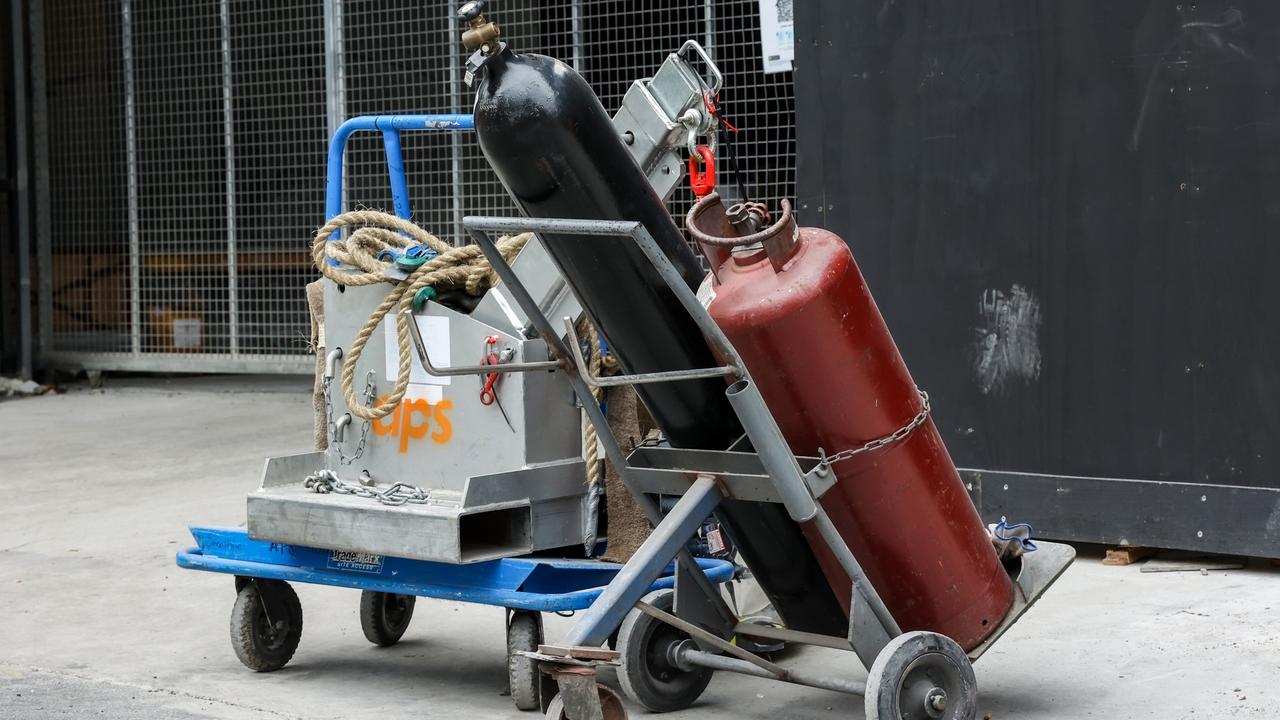
Probuild’s parent company WBHO South Africa, blamed the government’s “hard line” stance with handling the pandemic as contributing to the collapse of its Australian arm.
“The Australian government’s hard-line approach of managing Covid-19 through a combination of border restrictions, snap lockdowns and mandatory work-from-home regulations for many sectors, has had a considerable impact on property markets as well as other industries such as the leisure industry,” WBHO said.
“The protracted effect of Covid-19 has delayed any meaningful economic recovery and procurement activity in Australia.”
But rising material costs was an “enormous” factor and should not be underestimated in contributing to the industry’s distress, Mr Spring said.
“It’s probably the biggest factor and I’ve anecdotally heard of prices going up 20 to 40 per cent for materials and it’s obviously not just materials, but the logistics costs of getting materials around, whether from internationally or domestically,” he said.
“It has driven up prices dramatically as well so it’s an enormous impact on what we have just seen happen and what we are likely to see in the future.”
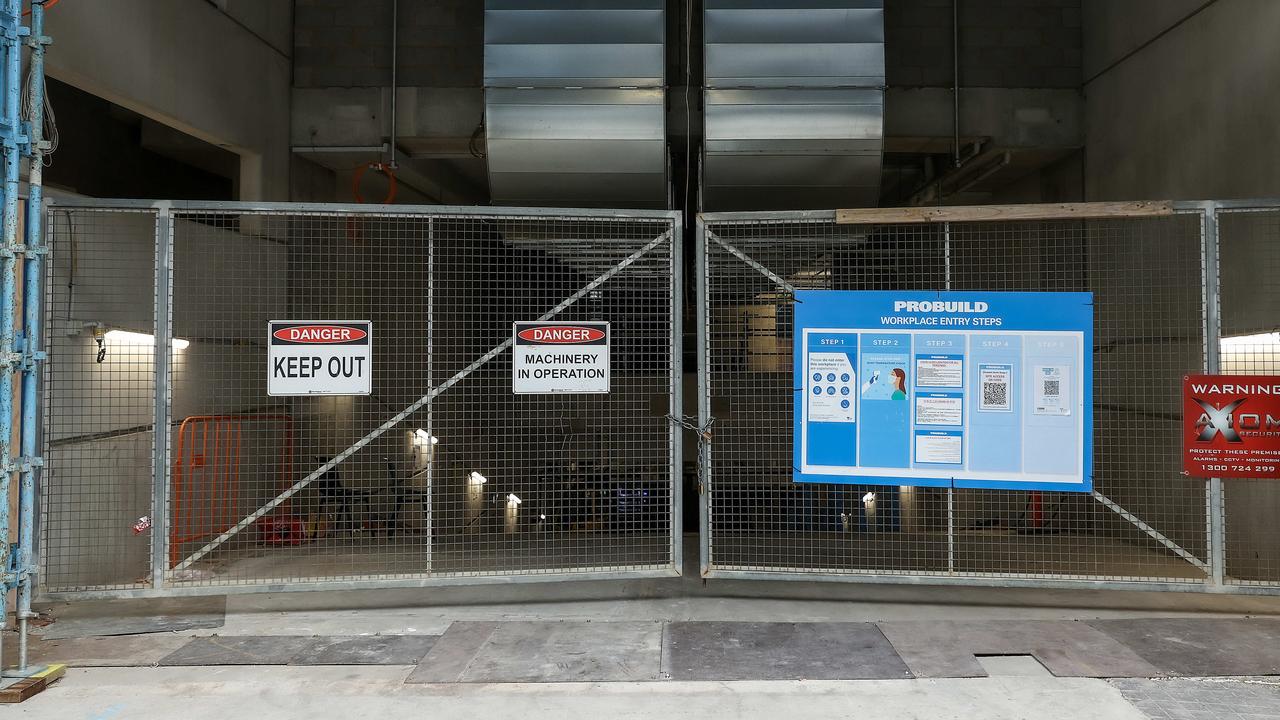
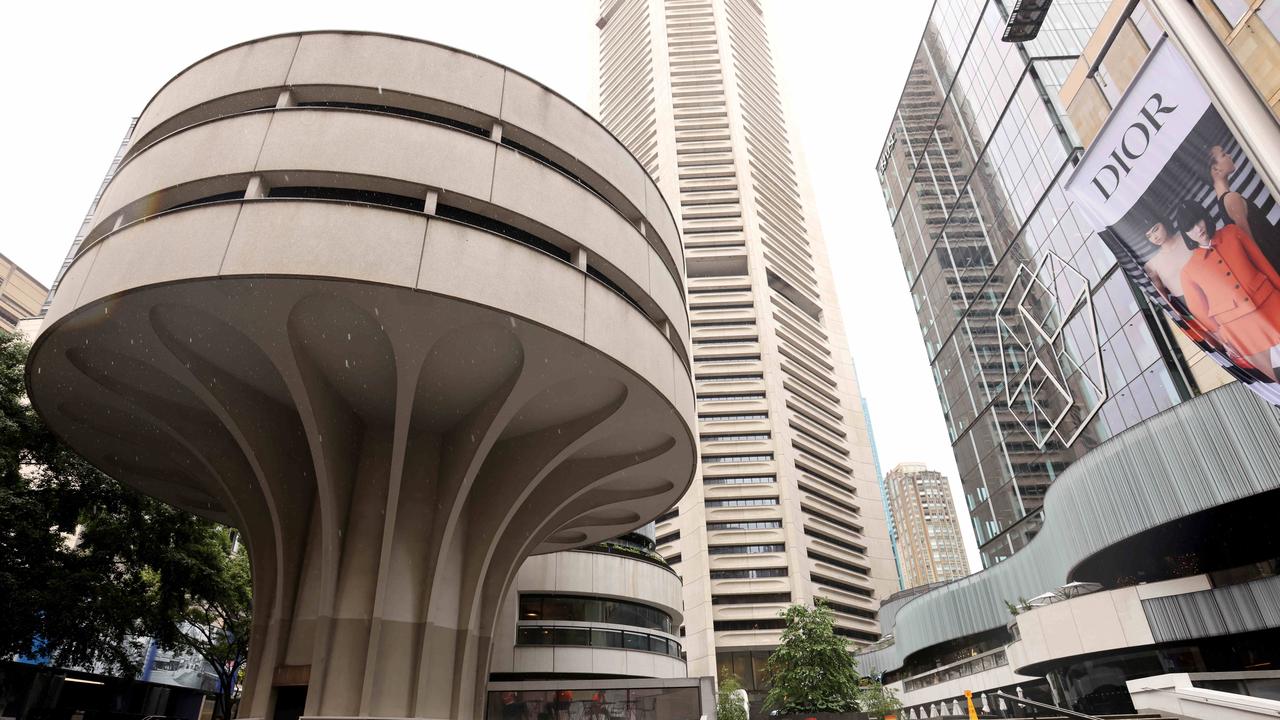
Attempting to deliver fixed price contracts as prices skyrocket is a real concern for the industry, cautioned Mr Spring, predicting a difficult 12 months ahead.
“The rising prices of delivering projects, where there’s a fixed stream of income, means more losses made on projects are likely and without adequate reserves to meet or fund losses it’s likely more and more construction companies are going to be out of whack, which will ultimately lead to more insolvency appointments,” he warned.
Australia could face a situation where builder’s lack “appetite” to do certain projects, Mr Spring said, and also predicted there could be a major shake-up of the industry where all contracts are reviewed and renegotiated in the coming year.
CreditorWatch, an Australian credit reporting bureau, also revealed on Thursday that construction was the number one industry with highest number of payment arrears last month.
There with 12.4 per cent of businesses in the construction sector that were behind on debt by 60 days or more.
Payment arrears are one of the first indicators that a business is facing financial difficulty, according to the organisation.
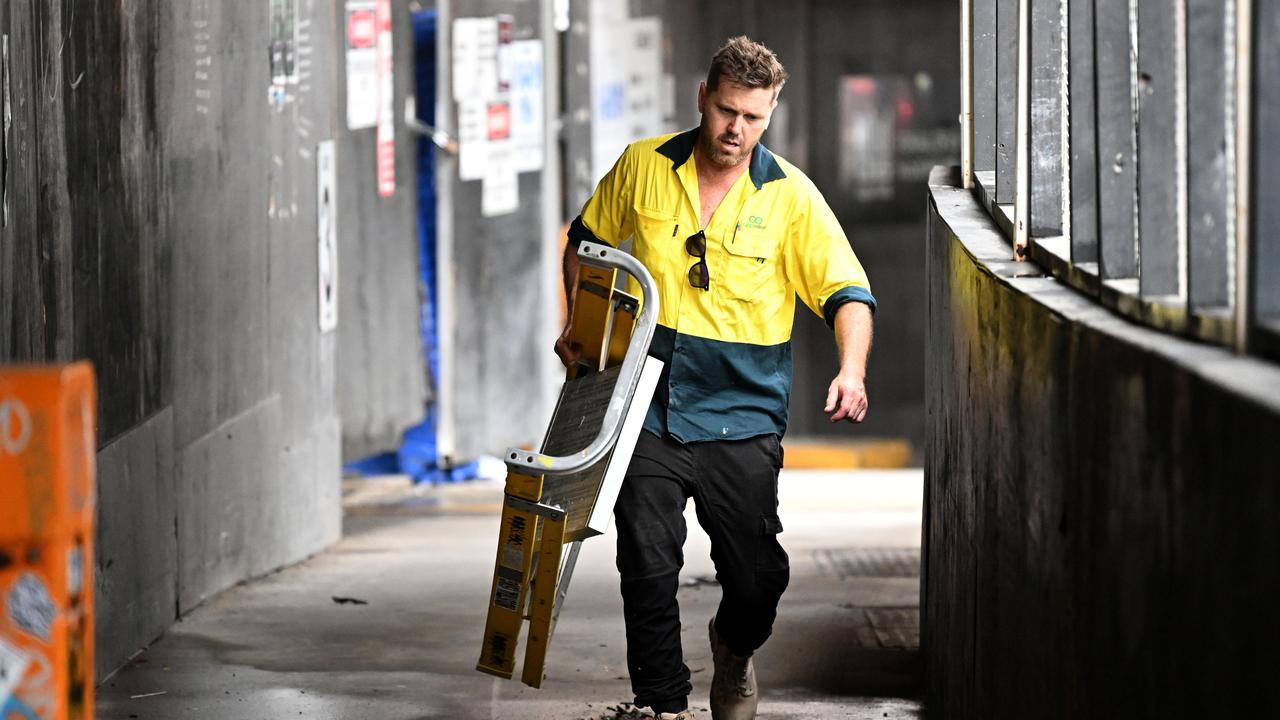
CreditorWatch CEO, Patrick Coghlan, said the construction industry had been especially hit hard by the pandemic.
More Coverage
“This sector has unique payment structures which are contributing to a high rate of arrears,” he said. “However, if the sector can work through its supply chain disruptions and blowouts in the cost of materials such as timber, it will be in good stead.”
He said his biggest concern was if a new strain of Covid reared its head, which may be the final straw for those businesses who were already struggling.
“That’s a very real possibility and one that can’t be ignored. Suppliers should be taking note of those debtors who can’t pay on time and take action now before it’s too late,” Mr Coghlan warned.






